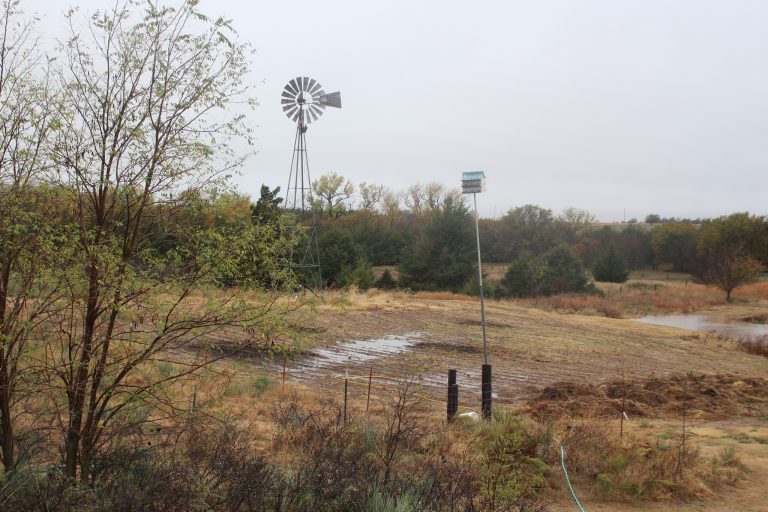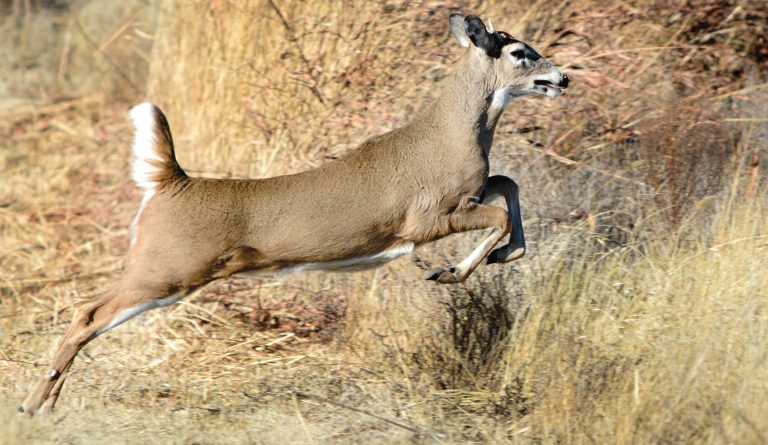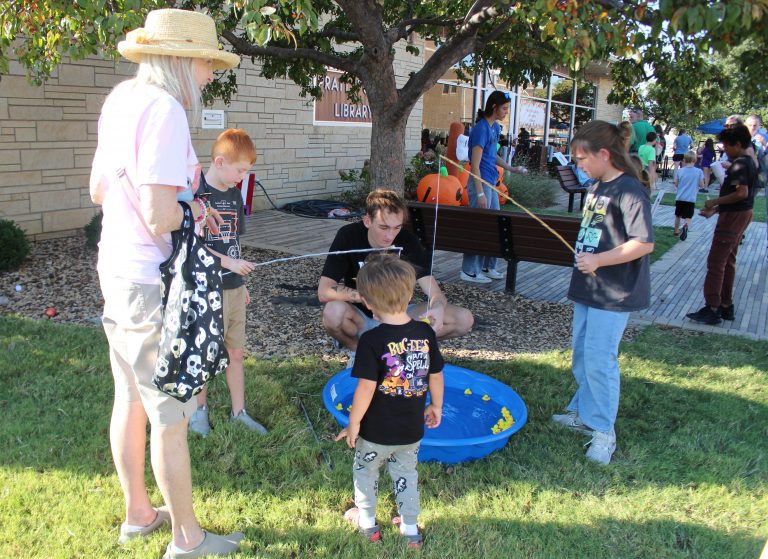By Chris Himmelwright
Pratt County Master Gardener
Pratt Country Research and Extension Services
Garden Soil Preparation — It’s Not Too Late
Autumn is an excellent time to add organic materials and till garden soils. Winter can still be a good time to take care of this chore as long as the soil isn’t frozen. It is far wiser to till now than to wait until spring when cold, wet conditions can limit your ability to work soils easily. Working soil when it is wet destroys soil structure and results in hard clods that are very slow to break down. On the other hand, dry soil may need to be watered so it can be more easily tilled. Be sure to wait several days after watering to let soil moisture levels moderate. You want the soil moist, not wet or dry, when tilling.
There is a limit to how much organic material such as leaves can be added in one application. Normally, a layer 2 inches deep is adequate with 5 to 6 inches being the maximum that can be added at one time. Shredding the material before application encourages faster and more complete decomposition due to increased surface area. Remember, soil preparation is an important key to a successful garden.
Sharp Drop in Temperature Again This Year be a Cause for Concern for Trees
This is the second year in a row where portions of Kansas suffered a quick drop in temperature after a warm fall. Unfortunately, some trees were not hardened off before this happened.
Some trees will very likely be affected by this sharp drop in temperature. The first sign that a tree has been affected is marcescence in which trees that normally drop their leaves in the fall, don’t. Leaves don’t drop because they didn’t have enough time to develop an abscission layer at the base of each leaf that allowed it to fall. Though marcescence itself does not harm the tree, it is a clue that further damage may have occurred. Notice I said “may.” Trees that exhibit marcescence may be perfectly fine. Also, portions of the state that did not suffer this extreme drop in temperature should be good.
It is possible that trees that show evidence of marcescence, may also have suffered damage to the living tissue under the bark. The sharp drop in temperature may damage at least a portion the phloem and the cambium. Remember the phloem carries food made in the leaves to all parts of the plants including the roots. The cambium produces new phloem. If the phloem and cambium are killed, the cambium cannot produce new, living phloem, and, therefore, the roots don’t receive the food needed to survive and eventually starve to death.
Trees so affected will not die immediately. First of all, a healthy root system has stored energy reserves that it can use to keep the tree alive. When those reserves are depleted, the tree will die very quickly. Usually this occurs during the summer following the year the damage occurred.
However, there is more to the story. Doesn’t a tree also need water? Since the living portion of the trunk was killed, wouldn’t this stop water flow? Actually, it would not. Xylem is the structure in the tree that carries water from the soil throughout the plant. The reason the tree can still distribute water to the top portion of the tree is due to how a tree grows and, specifically, how xylem works. Even in perfectly healthy trees, most of the xylem is dead. Portions of this dead xylem forms hollow tubes that carry the vast majority of water and nutrients throughout the plant. Though there are living xylem cells, the contents of those cells make them inefficient in moving water. Therefore, the functional portion of the xylem wasn’t hurt by the freeze because it was already dead. Since this xylem system still works and provides water for the tree, the tree can live for quite a period of time until the roots starve.
Remember, as stated before, trees with marcescence may be fine. Even if there was also damage to tree tissues, it all depends on how much of the living tissue under the bark was killed. If only a small portion is killed then the tree may recover. If the entire circumference is killed, the tree is done for and there isn’t anything you can do to save it. Any portion of the trunk where the bark comes off and the underlying layer is brown, is dead.
So, is there anything we can do now to help the trees? Since we don’t know the extent of the damage, if any, we need to insure there is no further stress. Primarily, that means to water the tree as needed. Keep the soil moist but not waterlogged until freezing temperatures are here to stay.
Adapted from the Kansas State Horticulture Newsletter




